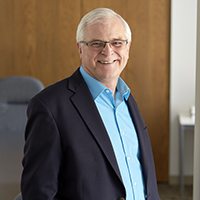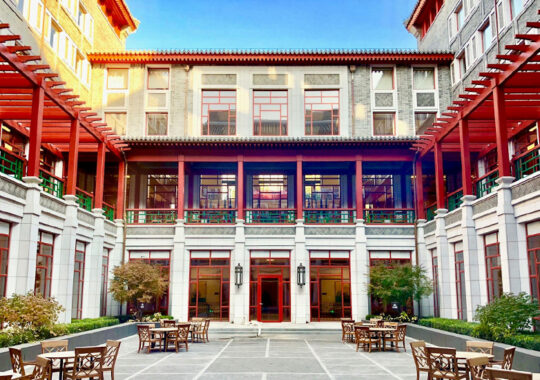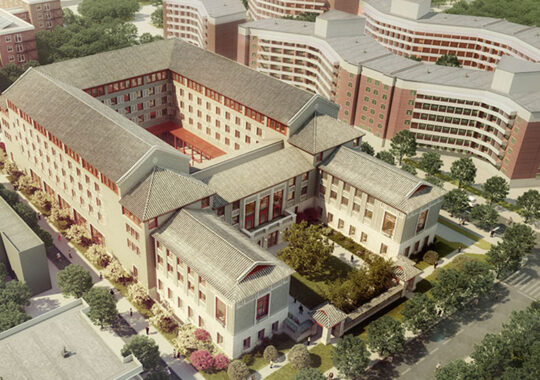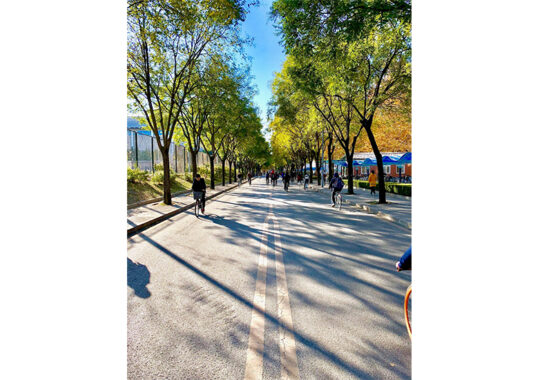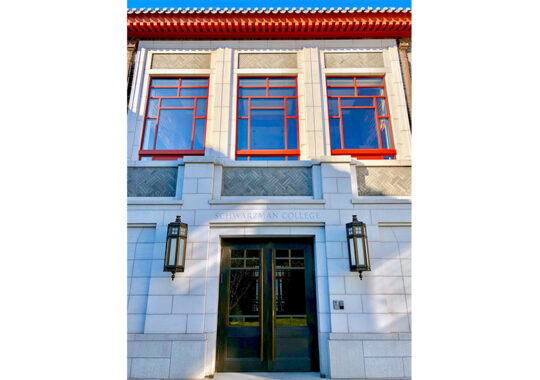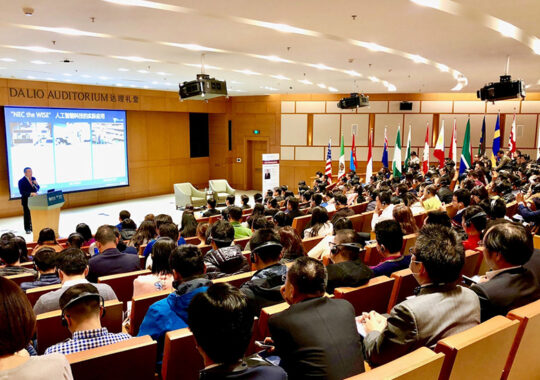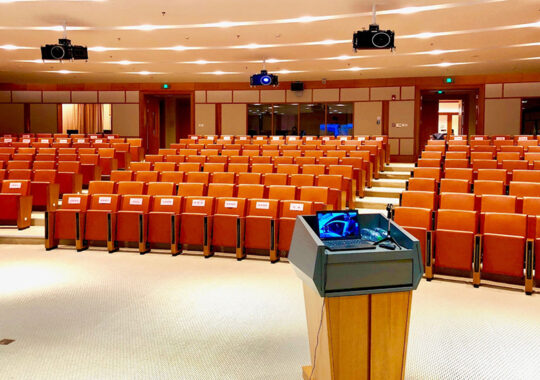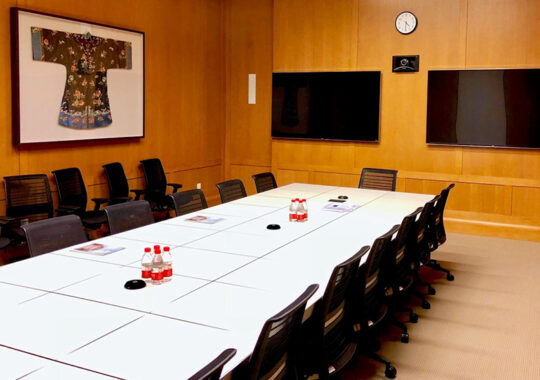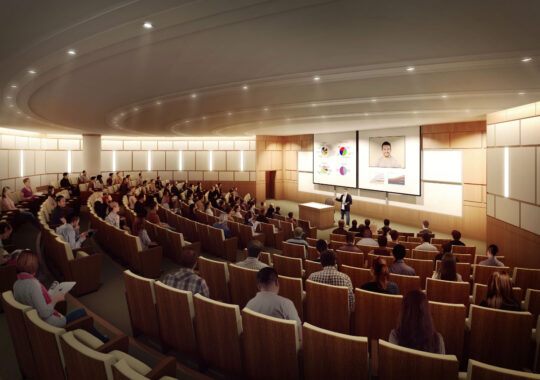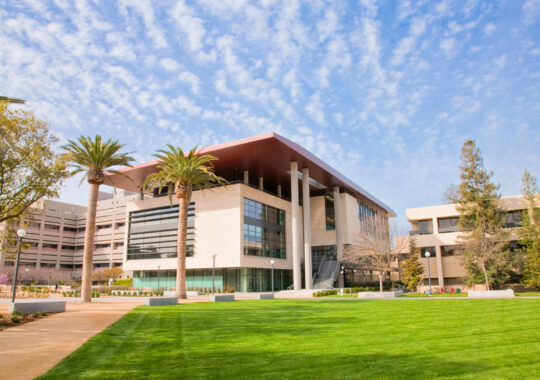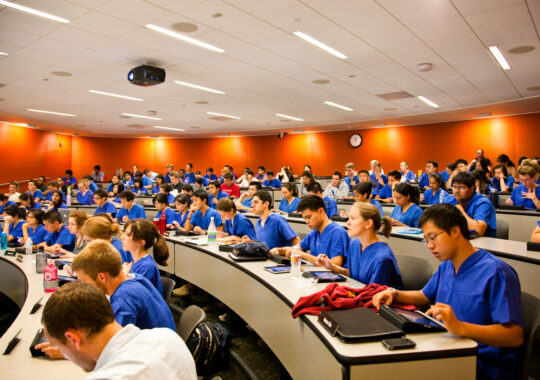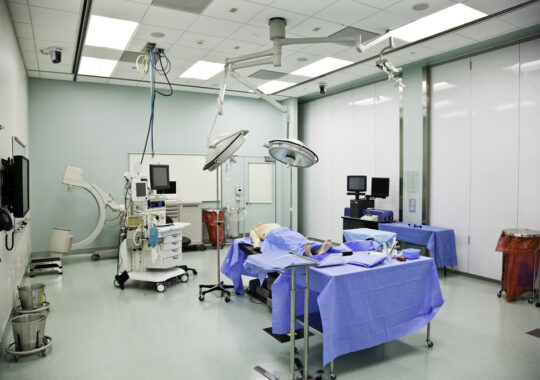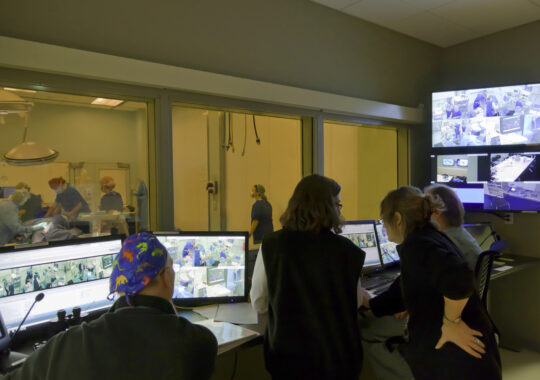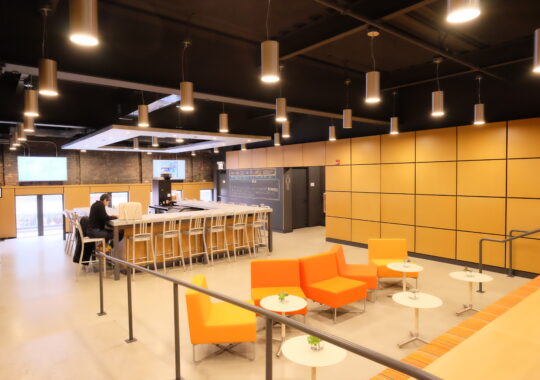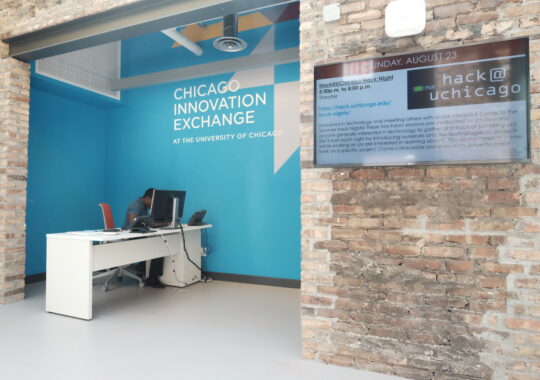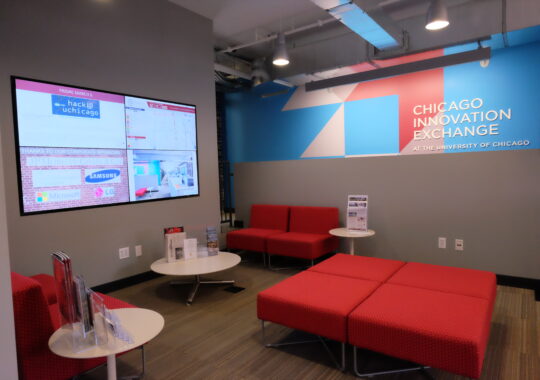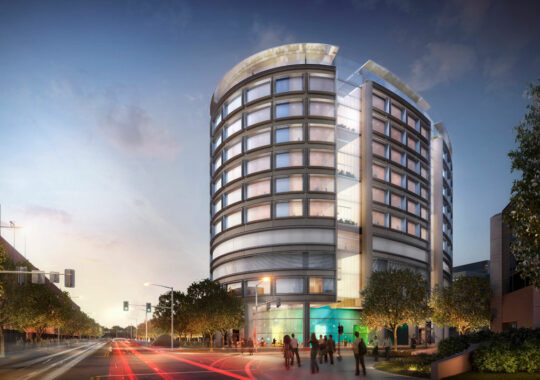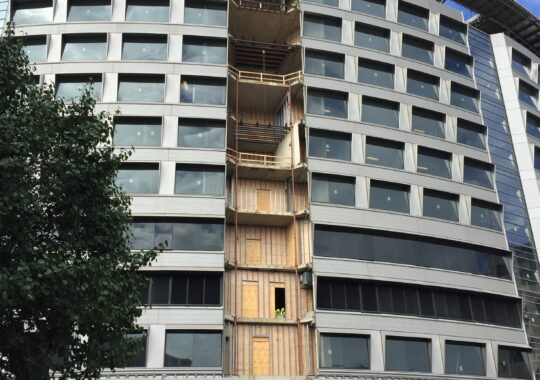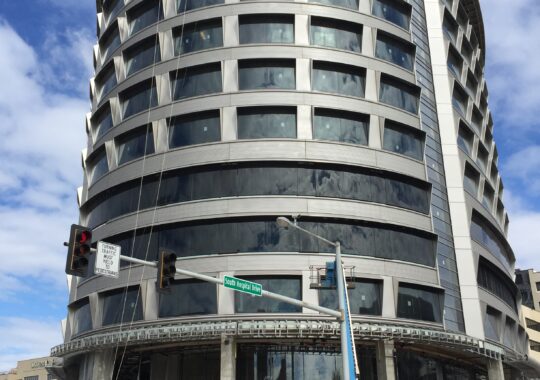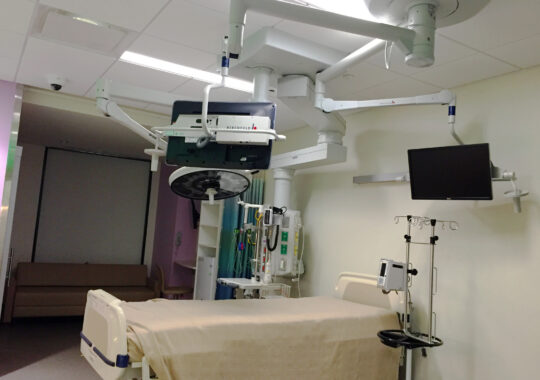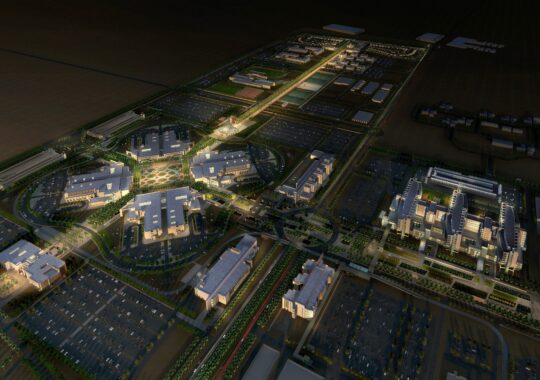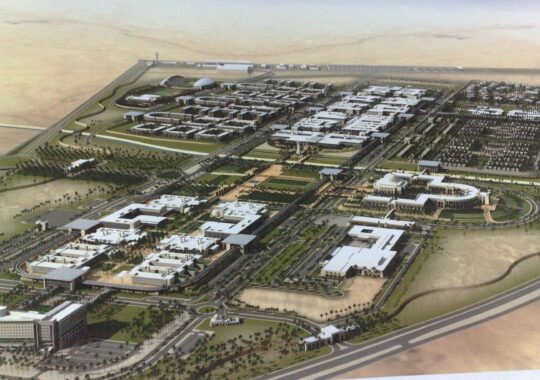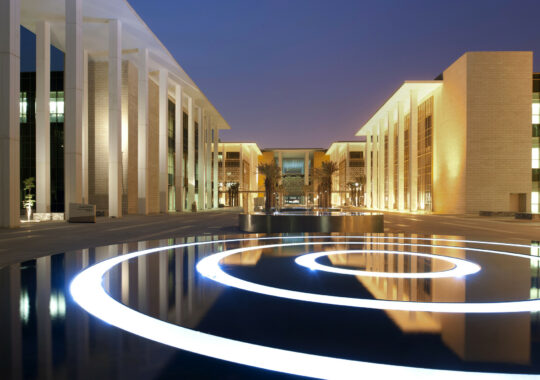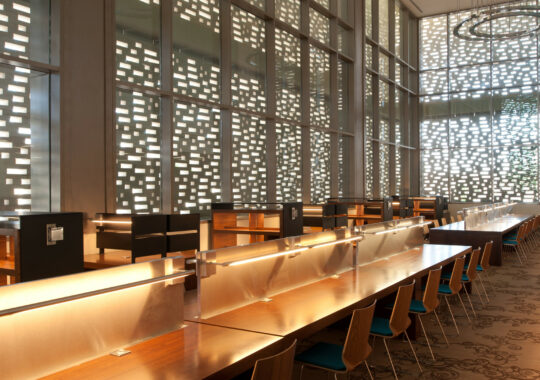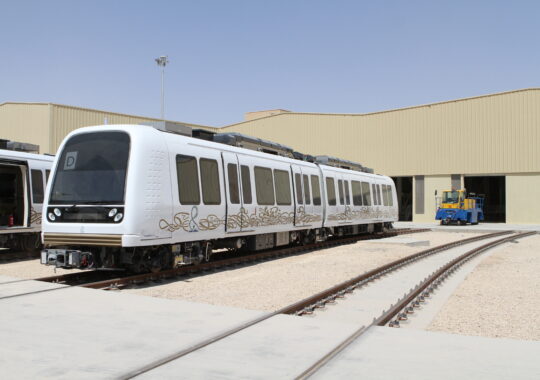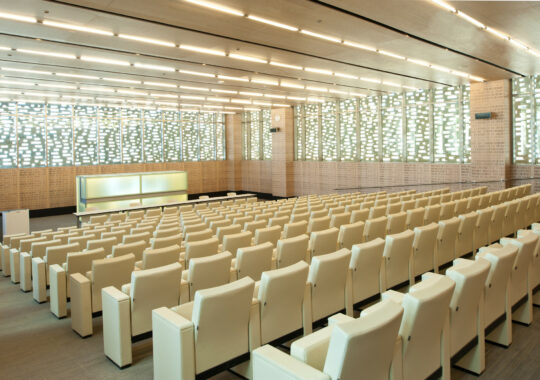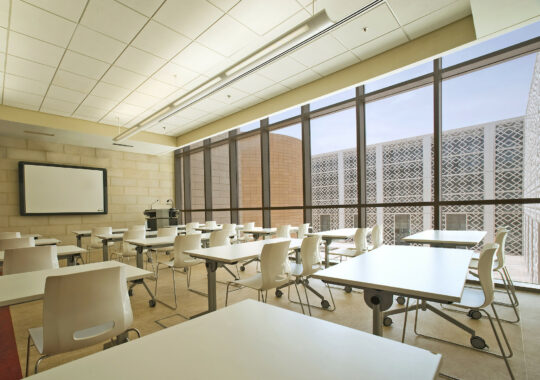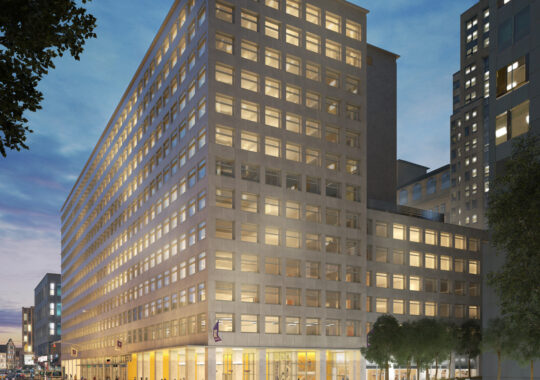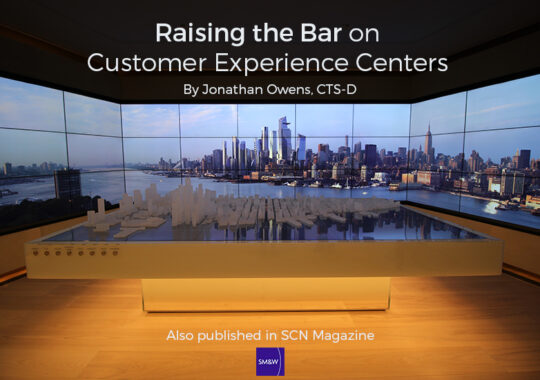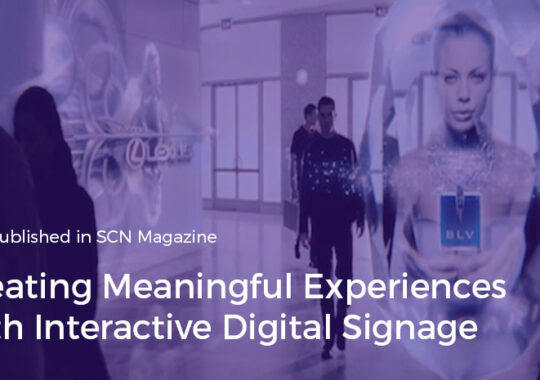The Computer Research & Learning Lab is a new, cutting-edge space that is changing the direction for learning environments.
There aren’t a lot of these spaces in the college or university environment, yet. Computer labs, research labs, and learning labs as we have known them for eons have limited pedagogical enhancements as separate spaces defined to serve a distinct function. However, with these functions merging, there is a significant shift afoot.
With attention turning toward designing computer systems and software in a research and learning environment as an entity that combines these functions, it opens a whole new discussion related to pedagogy, technology, and architecture, not only in terms of space, but technology networks, learning and curriculum.
One major point of departure is the requirement of a fully and collaboratively designed solution. The solution becomes a true ecosystem, comprising highly flexible space that may not include physical boundaries. Additionally, the application of technologies that are designed in harmony with the architecture, as opposed to being layered or subservient to the physicality, explores the limitless opportunities of expanding the learning environment to dimensions that have only recently begun to be considered. Technology is finally taking its place alongside the design team as a key component in the design of learning environments, not as a layer of function that fits into the space, allowing that space to be both functional and flexible. Now, as a complete ecosystem, it needs to co-exist on equally important footing.
I use the term ecosystem to draw a definition of the design process.
Unlike previous design strategies, whereby a physical space defines boundaries and limitations, which tend to shackle the applications of technology and then draw certain limitations or expectations of pedagogy, this new paradigm suggests limitless boundaries on virtually all fronts. Exploring and defining this shift of thinking, learning and designing allows subject matter experts at every level of the design team to bring their best practices to a single solution that borrows evenly from each. Now, the definition of ‘space’ is not necessarily physical in nature. The application of technology is unlimited and virtual. The Pedagogy takes on a new dimension without boundaries.
What is best practice in these types of spaces? The requirement for non-typical thinking, while collaborating in ways that ‘virtually’ has not been identified previously.
Look out Active Learning, Flipped Classroom, I-Flex Classroom and TBL/PBL classrooms…. The paradigm is moving on.
This article was featured on AVNetwork as an Expert Opinion. Check it out here.
